The Dassault Mirage F2 was a prototype French multirole fighter from the 1960s with impressive performance.
Gallery:




Features:
- Blueprint recreation of the real aircraft
- Fairly realistic performance
- Custom weapons (R.550 Magic, AS-30, PHIMAT, DEFA 30mm)
- Animated spoilers and leading edge slats
- Custom landing gear with nose wheel steering
- Realistic afterburner
- Custom airbrake
- Custom canopy view
- Rear seat view
Nonstandard Controls:
- AG 1 Drogue Chute
- AG 2 Activate Nose Wheel Steering, then Yaw to use
- AG 3 Jettison Belly Tank
- AG 8 Lights
- VTOL for Flaps
- Trim for trim
Notes:
- Fly with mouse as joystick
- Don’t mirror it
- The real prototype was never fitted with weapons, but I’ve included them for fun. Consider this to be a prototype that got further along in development. If you want a truly authentic experience, delete them.
- Keep in mind that the R.550 Magic is not a modern missile, don’t expect every launch to hit.
- The AS-30 was designed to be used against bridges and bunkers, it’s a bit overkill for tanks and underkill for ships.
- The PHIMAT countermeasure pod deploys flares and chaff, something the aircraft lacks by default, to give it a fighting chance against more modern jets.
- I think this is the first recreation of this aircraft for Simpleplanes, which is exciting.
- Information on the F2 was disappointingly scarce; I recreated it as faithfully as possible but had to fill in with info from the F1 where needed.
- The Mirage F2 is beautiful, as are all Dassault birds. I really enjoyed making it.
Background:
Dassault’s Mirage F2 began development in the early 1960s as a low-level penetrating aircraft capable of supersonic speeds. Developed alongside it was an interceptor variant, dubbed the F3, and a scaled down multirole version; the F1. It also served as the basis for the Mirage G swing-wing aircraft.
The F2 featured conventional wings, as opposed to the delta wing usually associated with the Mirage series. This gave it a lower landing speed and takeoff distance. Both of these were of importance when planning for a nuclear war scenario where conventional airfields would all be destroyed. The aircraft was powered by a derivative of the powerful Pratt & Whitney TF30, outputting an impressive 20,000 lbf of thrust with afterburner and giving the aircraft a top speed of over Mach 2. One prototype was constructed and first flew in 1966.
Although testing was successful, development shifted to the more modern, variable-geometry Mirage G. Despite its impressive performance, the Mirage G, too, would be cancelled due to high costs. However, the scaled-down Mirage F1 would go on to be produced in large numbers and was hugely successful, seeing export to a wide variety of countries. Information gained from the F2 was later used on the Mirage 2000, and data from the Mirage G assisted a number of U.S. aircraft manufacturers. The sole Mirage F2 survives today, outside the Direction Générale De L'armement Technical Aeronautics in Toulouse.
Specifications
Spotlights
- Dimkal 3.2 years ago
- Trainzo 3.2 years ago
- Ryn176 3.2 years ago
- CharlesDeGaulle 3.2 years ago
- Fineilldoitmyself 3.2 years ago
- Phox 3.2 years ago
General Characteristics
- Created On Windows
- Wingspan 39.6ft (12.1m)
- Length 60.6ft (18.5m)
- Height 19.9ft (6.1m)
- Empty Weight 11,011lbs (4,994kg)
- Loaded Weight 19,663lbs (8,919kg)
Performance
- Power/Weight Ratio 2.571
- Wing Loading 44.4lbs/ft2 (216.7kg/m2)
- Wing Area 443.0ft2 (41.2m2)
- Drag Points 1541
Parts
- Number of Parts 380
- Control Surfaces 0
- Performance Cost 1,639

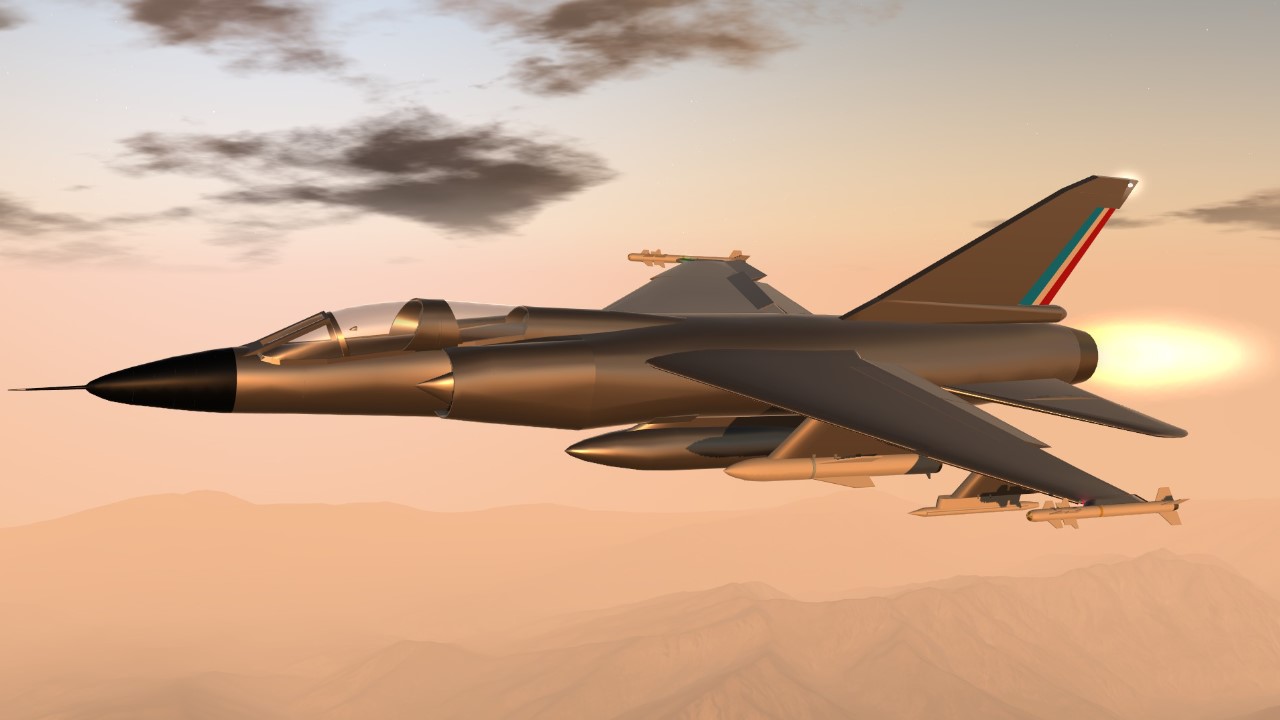
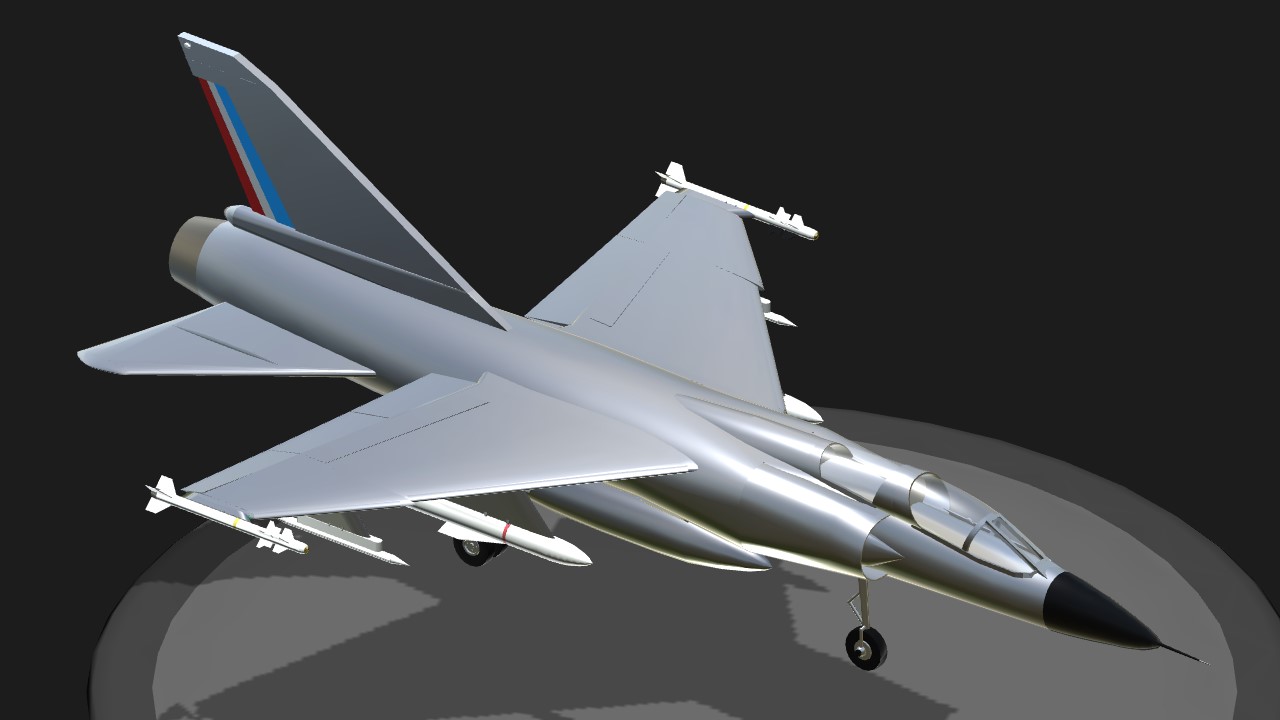
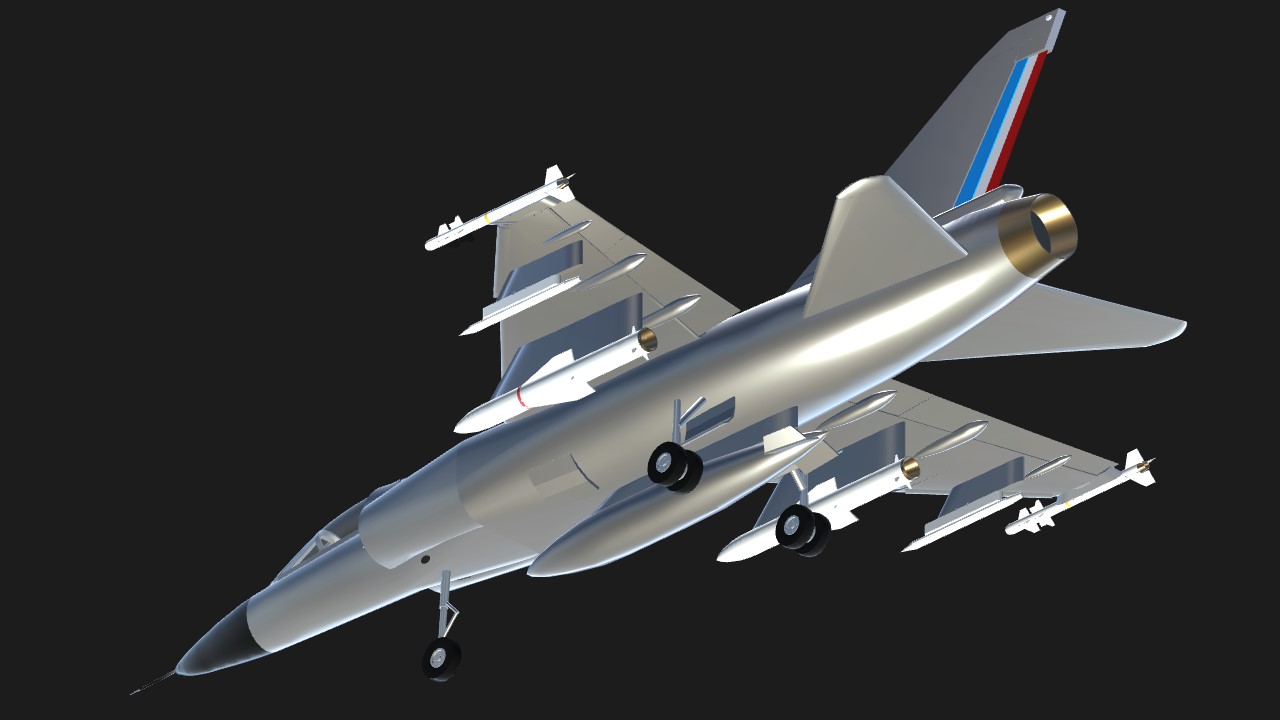

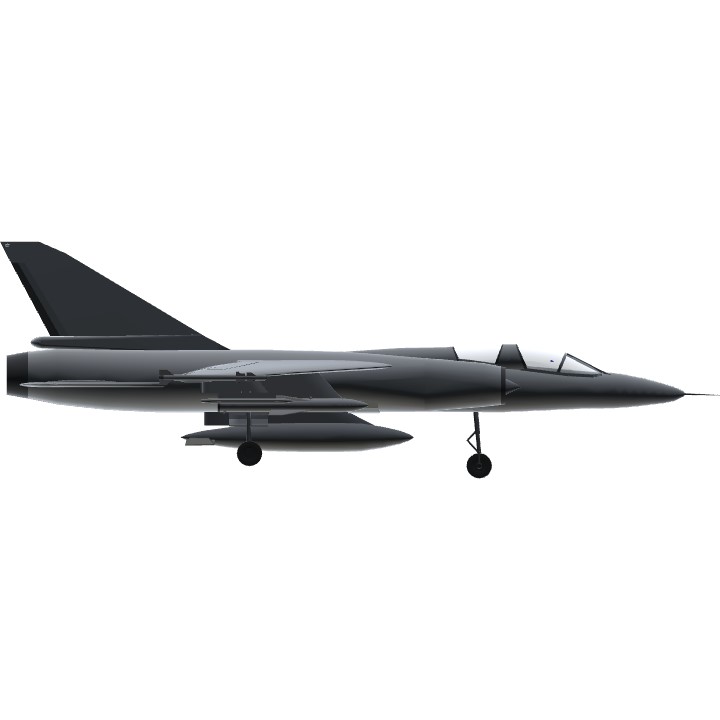
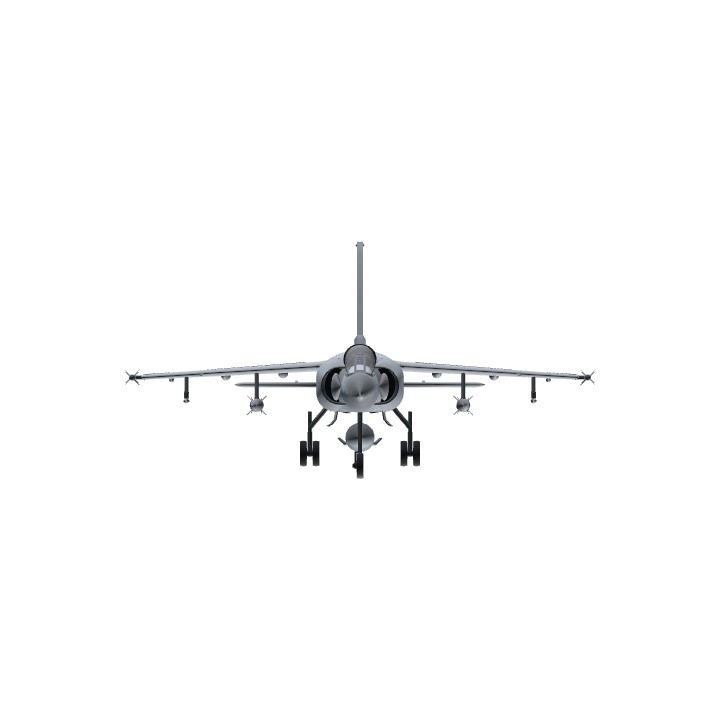
A very nice device and a perfect piloting .
Really great .
Great build and very nice gallery .